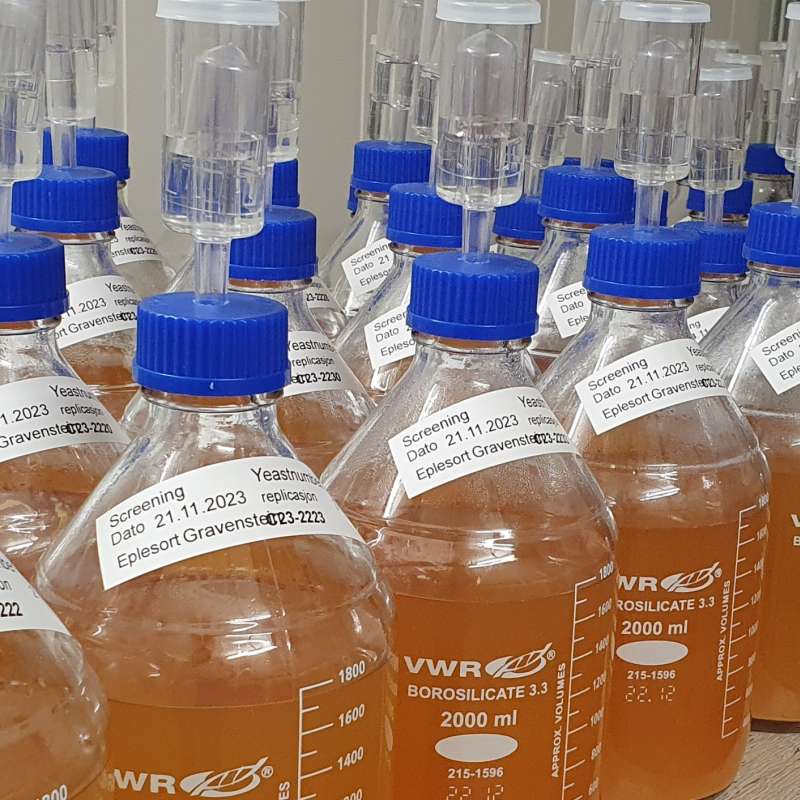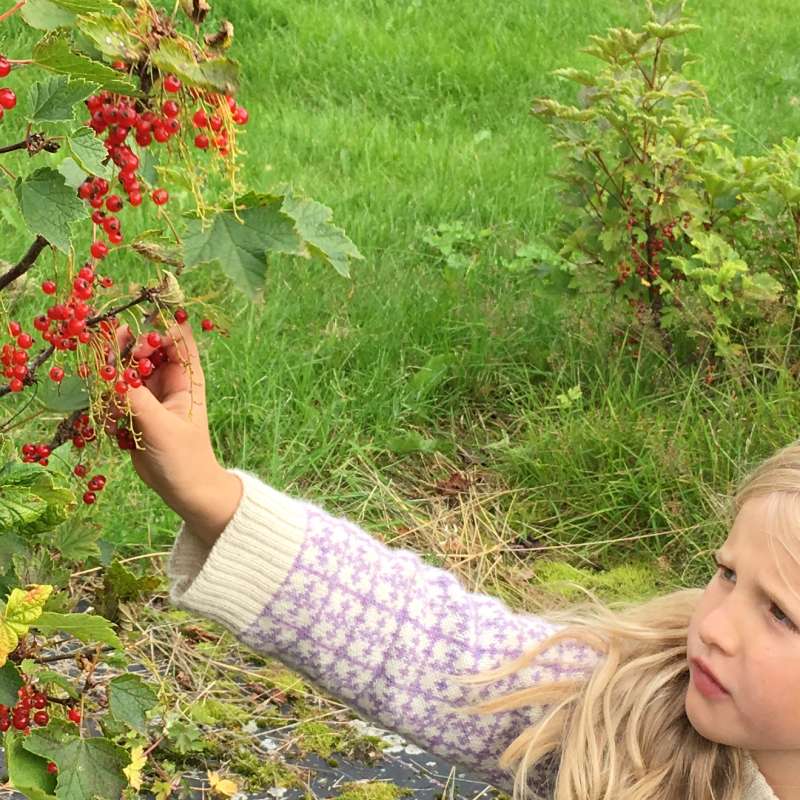Ingunn Øvsthus
Forsker
(+47) 482 07 250
ingunn.ovsthus@nibio.no
Sted
Ullensvang
Besøksadresse
Ullensvangvegen 1005, 5781 Lofthus
Sammendrag
Det er ikke registrert sammendrag
Forfattere
Ingunn ØvsthusSammendrag
Det er ikke registrert sammendrag
Forfattere
Gunnhild Jaastad Ingunn Øvsthus Trude Magnussen Erik J. Joner Pierre-Adrien Rivier Ivar Pettersen Jorunn Børve Tage ThorstensenSammendrag
Det er ikke registrert sammendrag

Divisjon for matproduksjon og samfunn
Siderspråk og produktdifferensiering

Divisjon for matproduksjon og samfunn
Innovativ og bærekraftig produksjon av Ribes i hele Norge-RibesMax
Solbær, stikkelsbær og rips, som alle hører til slekten Ribes, har på tross av sine lange tradisjoner og påviste positive helseeffekter hatt en negativ trend i norsk produksjonsvolum. I dag dekker den norske Ribes-produksjonen bare en femtedel av markedets behov. Det er derfor et stort potensial for økt norsk produksjon av disse artene. De dyrkes i dag hovedsakelig til industri-formål (saft, syltetøy og gelé), men det er også en økt interesse for produksjon til friskkonsum (dyrking i hekk eller espalier). Nye mat- og helsetrender gir mulighet for nye produkter basert på Ribes. I RibesMax ønsker vi å bruke erfaringer fra sidereventyret i Hardanger til å teste Ribes som råvare for drikker med og uten alkohol. RibesMax vil sette søkelys på utfordringer og muligheter for økt produksjon og økt verdiskapning, og prosjektet vil gi næringen et løft, ved å involvere hele verdikjeden.
